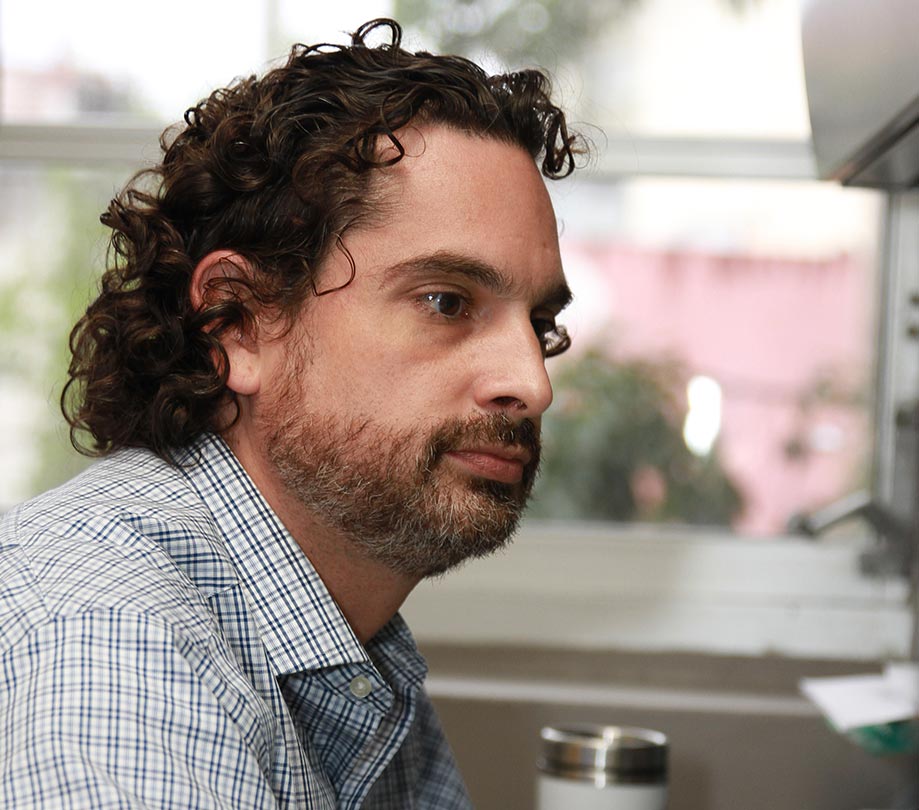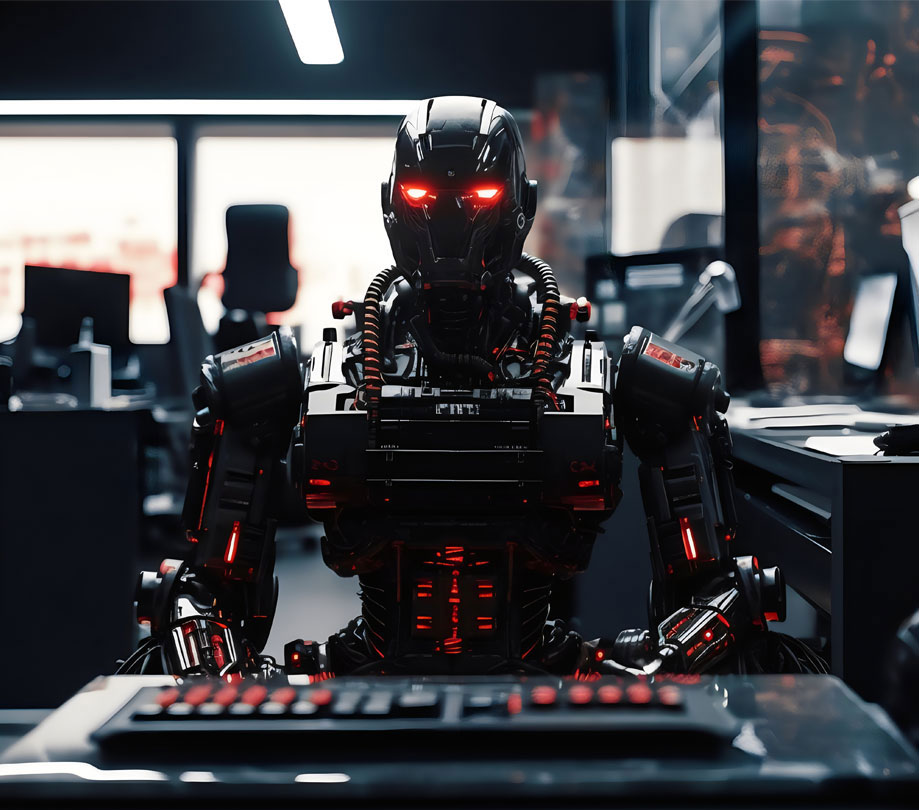AI program is helping fight tropical diseases after Hurricane Maria
Monday, November 12, 2018

|
Richard Harris |
A new AI program developed by Wovenware is helping scientists to fight disease in Puerto Rico after the effects of Hurricane Maria caused an outbreak of Zika, Dengue, and Chikungunya.
 Carlos Meléndez clip
Carlos Meléndez clip
Wovenware is developing an AI program to help scientists at the Puerto Rico Vector Control Unit (PRVCU) research mosquitoes carrying diseases, such as Zika, Dengue, and Chikungunya, in the aftermath of Hurricane Maria. PRVCU is trying to prevent the spread of these diseases and determine why many mosquitoes have gained immunity to insecticides. Since only one type of mosquito is responsible for these diseases, scientists need a fast and effective way to count, label and classify the mosquitoes that have been captured. Wovenware is developing an AI-based deep learning solution to accomplish that, enabling the scientists to significantly free up their time to focus on their research.
We had that chance to catch up with Carlos Meléndez, co-founder of artificial intelligence and software engineering at Wovenware, to ask some questions about the AI program.
ADM: Describe the problem you were trying to solve.
Meléndez: Following Hurricane Maria last year, there has been growing concern in Puerto Rico about the potential rise of mosquito-borne diseases, such as Zika, Dengue, and Chikungunya. The Puerto Rico Science, Technology, Research Trust, which received a grant from the CDC, tasked its Puerto Rico Vector Control Unit (PRVCU) to address this problem with two main focuses: to determine how to prevent the spread of mosquitoes that cause these diseases and to figure out why many mosquitoes have become immune to insecticides. Since it was known that these diseases are only spread by female mosquitoes in the Aedes Aegyptis species, researchers needed to study the female ones. And they had to find an efficient and effective way to label and classify the mosquitoes that had been captured so they could conduct their research.
ADM: Why weren’t the traditional methods effective?
Meléndez: PRVCU collected thousands of different mosquito species in traps set across the island. Using traditional methods, scientists would manually count, label and classify each mosquito so it could then be studied and tested for the viruses and insecticide resistance. This process is arduous and time-consuming and wastes the valuable time of scientists who could focus on their research to get faster outcomes.
ADM: What approach did you take?
Meléndez: Wovenware is creating an AI advanced deep learning solution to label and classify the mosquitoes. We will be using our private crowd of data specialists to count, identify and label thousands of images of mosquitoes, as well as mosquito eggs in traps over the next three-to-six months. Then, we will use these images and data to train an algorithm to automatically identify and classify specific species as well as their gender.
The Deep Learning models we are creating facilitate PRVCU researchers in the following tasks:
Count mosquitoes: Needed for analysis on the population and effectiveness of prevention.
Classify mosquito species: Needed to identify Aedes Aegypti, vector for the diseases Zika, Chikungunya, and Dengue in Puerto Rico.
Identify gender: Needed for analysis on population and epidemic prevention
ADM: What were the development challenges in building an AI solution?
Meléndez: The creation of a valuable dataset is the biggest challenge, since the specimens are small and frequently mutilated. It also requires a clear optical set-up to correctly capture images.
ADM: Describe the development process.
Meléndez: Our methodology and processes consist of the following:
We are employing convolutional neural networks (CNNs), with a dataset that contains multiple mosquito annotations per image, which will be used to generate datasets for image classification and object detection.
Our experiments will incrementally add complexity to the solution. As a baseline approach, we are implementing custom, deep CNNs for gender and species classification using Keras, which will be trained end-to-end, independently, from scratch. We may then consolidate the two classifiers into a single CNN with two heads, and train a single CNN end-to-end.
The next step will involve training an object detector for mosquito counting with two classification heads to be learned for each object detected. This third approach would use Keras implementations of state-of-the-art single shot detectors such as YOLOv3 and SSD512.
Following this approach, we expect the model to identify singular features in order to overcome current challenges we have confronted from specimens mutilated by weather conditions and the retrieval of the mosquitoes from traps.
ADM: Why is your AI solution so well suited to address the problem?
Meléndez: AI programs are well suited to address problems where there is a large amount of data that needs to be sifted through in order to identify patterns. These programs replace the need for humans to do tedious tasks on an ongoing basis, speeds up the project timeframe, and provides a high degree of accuracy.
ADM: What type of outcomes do you expect?
Meléndez: By replacing the manual process of counting eggs, labeling and classifying mosquitoes, we expect the AI solution will save PRVCU scientist months of man-hour work, which can instead be used to make faster progress in addressing the problem of mosquito-borne diseases. Furthermore, we anticipate being able to explore the datasets combined with weather information and formulate new hypotheses in the growth of the vector population and its resistance to insecticides.
ADM: Describe the implications of the AI solution in Puerto Rico and beyond?
Meléndez: Through its research, the PRVCU expects to identify the root cause of mosquitoes’ resistance to insecticides, as well as disease spread and prevention routes. This has implications across the U.S. and the world, providing critical insight to help prevent the spread of mosquito-borne illnesses.
ADM: Who else was involved in the project?
Meléndez: Wovenware worked collaboratively with PRVCU to identify goals and parameters for developing the AI program.
About Carlos Meléndez
As COO and co-founder of artificial intelligence and software engineering services firm, Wovenware, Carlos Meléndez helps companies achieve customized digital transformation to propel their businesses to the next level. With expertise in business strategy and software engineering, Carlos has a strong track record bringing AI, machine learning and deep learning solutions to organizations across a variety of industries.

Become a subscriber of App Developer Magazine for just $5.99 a month and take advantage of all these perks.
MEMBERS GET ACCESS TO
- - Exclusive content from leaders in the industry
- - Q&A articles from industry leaders
- - Tips and tricks from the most successful developers weekly
- - Monthly issues, including all 90+ back-issues since 2012
- - Event discounts and early-bird signups
- - Gain insight from top achievers in the app store
- - Learn what tools to use, what SDK's to use, and more
Subscribe here

_r2f0ox12.jpg&width=800)










